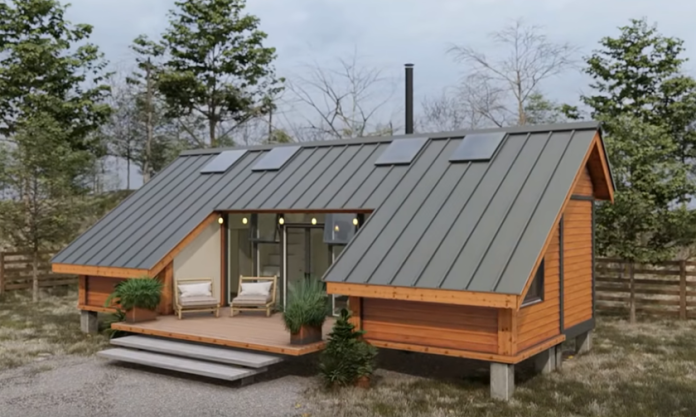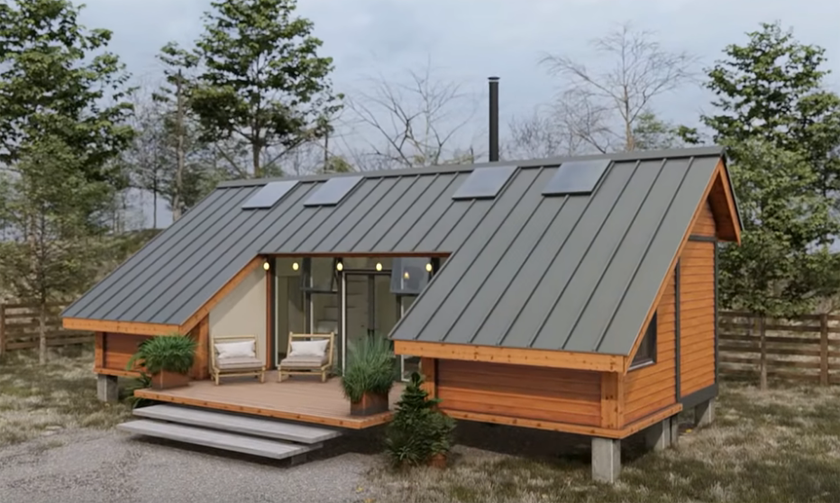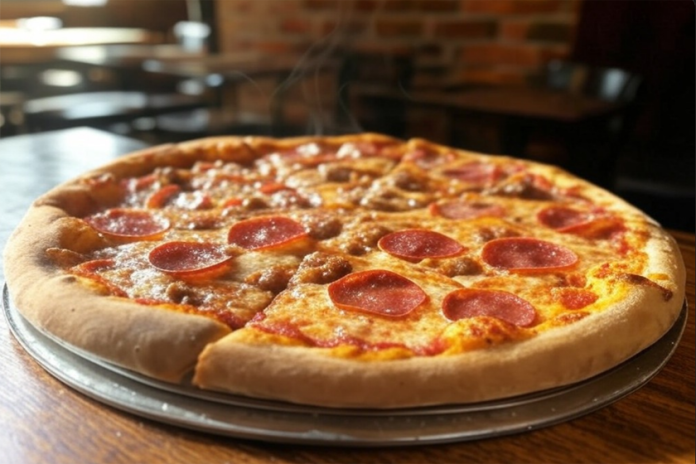Own your health journey: Small steps that lead to Big Changes —
Taking control of personal health starts with small, intentional choices that shape daily life.
A balanced approach to well-being goes beyond quick fixes, requiring consistency and awareness.
How the body and mind are cared for influences energy, mood, and overall resilience.
Shifting habits and routines can create a lasting sense of vitality and strength.
Embracing this process leads to greater confidence in making choices that support long-term wellness.
Learn to Meditate
Finding moments of stillness each day can create a sense of clarity and calm that carries into daily life.
Meditation offers a simple way to step back from distractions, quiet the mind, and cultivate inner peace.
Just 10 to 20 minutes a day can reduce stress and encourage a more positive outlook, making challenges feel more manageable.
Over time, this practice strengthens emotional resilience and deepens self-awareness.
Making space for meditation can transform the way thoughts, emotions, and reactions are processed.
Embrace Time Outdoors
Spending time in nature offers a refreshing break from the demands of daily life, creating space for relaxation and renewal.
Fresh air, natural light, and open spaces help restore a sense of balance and calm.
Whether walking through a quiet green space or simply pausing to appreciate the surroundings, connecting with nature can ease tension and improve overall well-being.
This connection fosters a greater awareness of the present moment, encouraging mindfulness and gratitude.
Making time for nature strengthens both the body and mind, creating a lasting sense of harmony.
Nourish Yourself with a Balanced Diet
The way you fuel your body directly impacts energy, mood, and overall well-being.
A balanced diet provides the essential nutrients needed to support daily activities and long-term health.
Prioritizing a variety of wholesome foods helps maintain steady energy levels and keeps the body functioning at its best.
Over time, mindful eating fosters a stronger connection between food choices and overall wellness.
Nourishing yourself with intention creates a foundation for both physical strength and mental clarity.
Embrace Seasonal Eating
Incorporating a variety of seasonal fruits and vegetables into your diet will enhance your nutrient intake and help support local agriculture.
Each season offers a unique selection of produce, allowing you to enjoy fresh flavors and essential nutrients at their peak.
This approach prevents meal monotony and ensures you’re consuming foods rich in vitamins and minerals.
By choosing locally grown, seasonal produce, you also reduce the carbon footprint associated with long-distance transportation, as it requires fewer resources like fuel and packaging.
Time Your Exercise for Quality Sleep
Consider how the timing and intensity of your exercise can impact your sleep quality.
Engaging in moderate activities like brisk walking or cycling can help you fall asleep faster and enjoy longer sleep duration.
However, intense workouts close to bedtime might make it harder to drift off.
For the best results, try scheduling your exercise in the morning or afternoon.
Aim for 150-300 minutes of moderate exercise weekly to boost both your sleep and overall well-being.
Drink More Water
Staying hydrated can be a challenge, but technology provides effective tools to help you manage your water intake.
By using water reminder apps, you can receive notifications throughout the day, ensuring you meet your hydration goals even when your schedule is packed.
These apps often feature personalized water intake calculators based on your body metrics, visual progress trackers, and even rewards for hitting your daily targets.
For a simpler approach, setting reminders on your phone can be just as effective.
Embracing these tools supports your health and integrates seamlessly into your daily routine, making consistent hydration a manageable task.
Start a Yoga Practice
Incorporating yoga into your daily routine can boost both your physical and mental well-being.
Regular practice enhances flexibility, balance, and strength, which are vital for maintaining health as you age.
Beyond the physical benefits, yoga also promotes psychological and emotional resilience, helping you manage stress and stay motivated.
Studies have shown that yoga can improve mental health by reducing symptoms of depression and anxiety, while also enhancing sleep quality and overall vitality.
Incorporating these strategies into your life can lead to profound improvements in your health and well-being.
Each choice, from mindful eating to engaging with nature, contributes to a more balanced and fulfilling lifestyle.
By taking these steps, you not only enhance your physical health but also nurture your mental and emotional resilience, paving the way for a healthier future.






